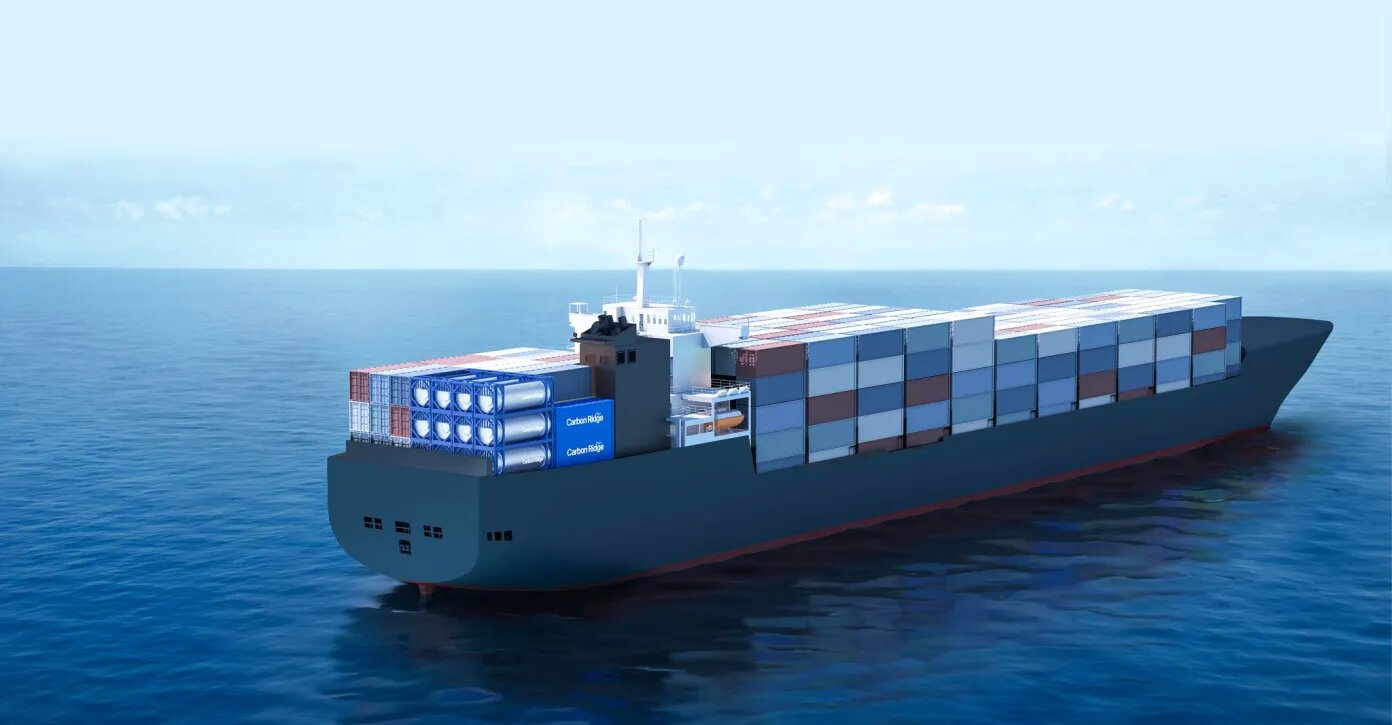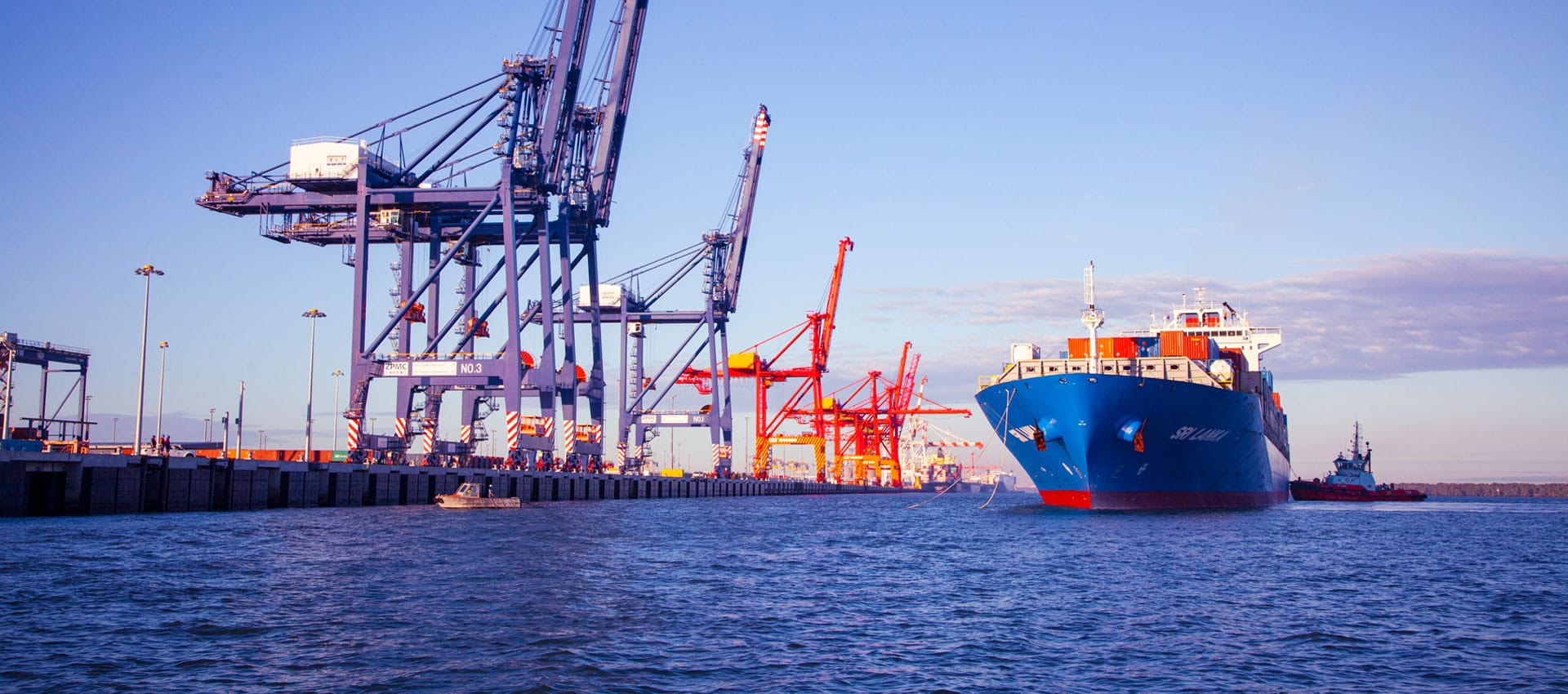The possibility of using a single driver on freight trains (and on passenger trains where this is not already the case: long-distance trains not hauled by an electric multiple unit) will become much more concrete from October 25th.
In the Official Gazette, in fact, a Decree from the Ministry of Infrastructure and Transport was published three days ago, which substantially implements what was established by the latest Competition Law approved in December 2023. The rule modifies an article of a 2011 Mit Decree dedicated to the organization of first aid in the railway sector, referring to Technical Opinion n. 2022-4 of June 13, 2022, with which the European Union Agency for Railways (Era) expressed a “negative assessment” regarding some of its provisions, and to the implementing decision of July 18, 2024, with which the European Commission “imposed on Italy to modify the aforementioned ministerial decree n. 19 of 2011”.
In practice, upon entry into force, individual railway companies will be granted much more autonomy in preparing procedures that provide – no longer “for each point of the railway network” but “along” it – the most effective methods to ensure qualified assistance, including for the transport of the injured, with the deletion in the latter case of the wording “in the shortest possible time”.
Having said that the issue has long been a prerogative especially of the cargo sector (on regional and other passenger trains hauled by electric multiple units, the use of a single driver is largely uncontroversial), the crux of the matter was the emergency response time for a driver taken ill. For workers’ representatives, given the many points of the railway line that are difficult to reach by rescue vehicles (primarily tunnels, bridges, etc.), the rationale for the double driver lies in the fact that, in the event of an accident, only the presence of another driver could guarantee the movement of the convoy to the point most suitable for rescue, which the train’s automatic stop system, active in the presence of a single driver, would not allow. An issue that for Era does not arise as long as the so-called “golden hour” criterion for rescue times is respected.
In any case, considering the market’s demand for drivers and the value of trained personnel for companies, it is believed that even a massive recourse to the use of a single driver is unlikely to cause problems of staff surpluses. Perhaps also for this reason, no union reactions to the publication of the decree have been recorded at the moment.
A.M.




